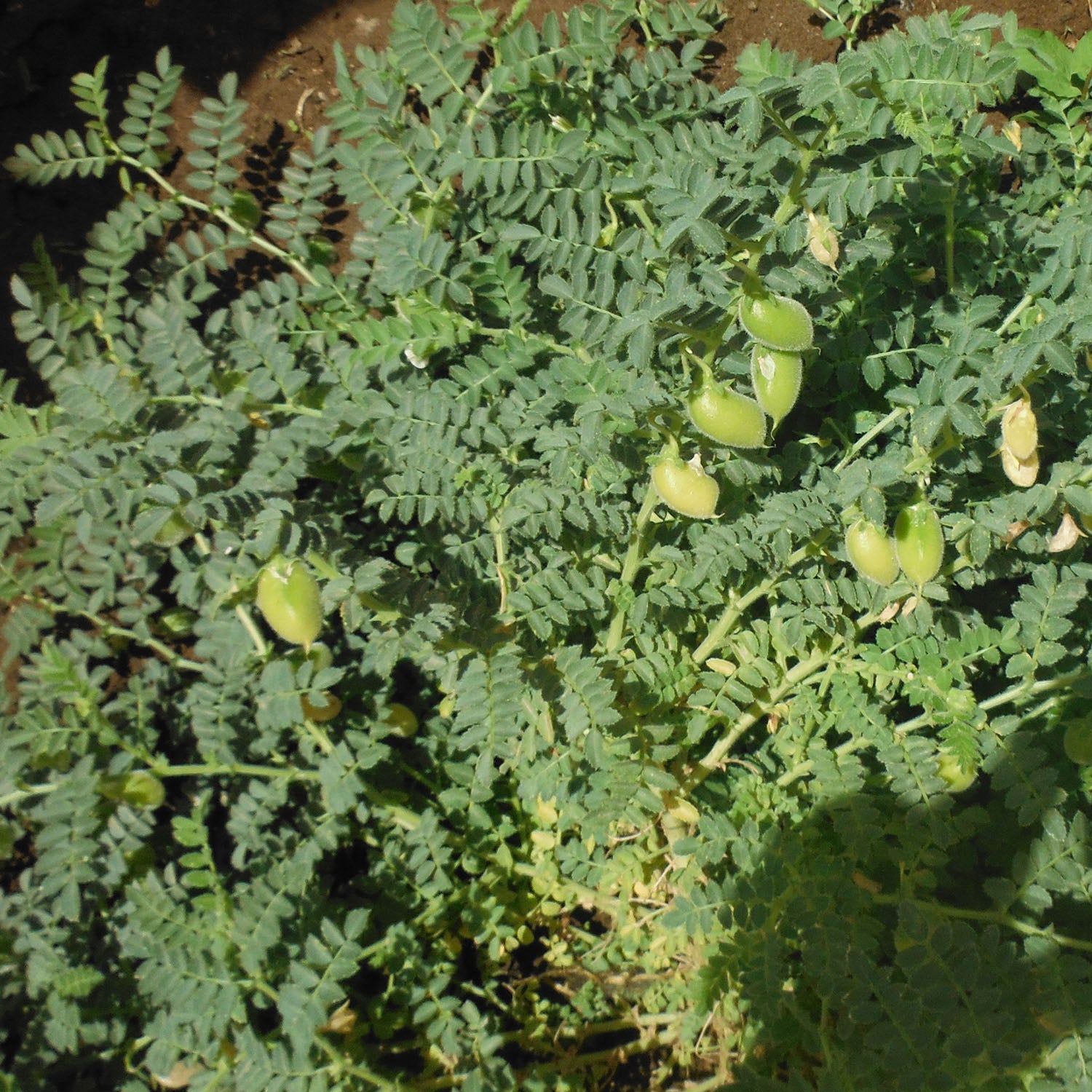nune
Attractive To Bees
Next season, I plan to grow a kind of chickpea in my garden. The problem is that the variety, Rarámuri Garbanzo, is meant for the very low desert. As in, it was grown by the people its named after in Mexico. Deep in a canyon.
I'm a bit worried that this chickpea won't be adapted to my area unless I start early. Does anyone have advice on whether starting early would be necessary, and if so, how early I could start the seeds?
Thank you!
Image provided by seller for reference is below.

I'm a bit worried that this chickpea won't be adapted to my area unless I start early. Does anyone have advice on whether starting early would be necessary, and if so, how early I could start the seeds?
Thank you!
Image provided by seller for reference is below.

